Discovering Sơn Mộc Hương Cave in Mộc Châu
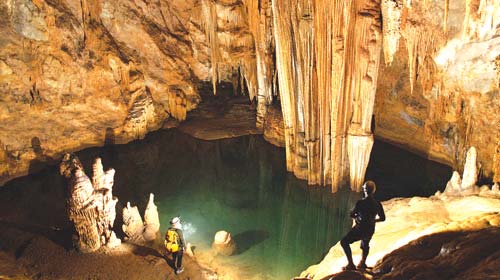

Located just off National Highway 6 in the centre of Mộc Châu Town, Sơn Mộc Hương Cave has always been an attractive tourism destination in the country.
The cave has been likened to a work of art that nature bestows on the Mộc Châu plateau with beautiful stalactites and cool water flowing all year round.
This cave was once called Sai Lai by the Thái ethnic people. In the Thái language, it means 'Water Cave' because, in the heart of the cave, there is a large underground water source with clear water that never runs dry.
This cave was also called 'Bat Cave', but today, flocks of bats have gradually moved to other places to live.
The cave has an area of up to 6,900sq.m. We had to conquer 240 stone steps from the highway to reach the cave entrance.
After overcoming these stone steps, we were immersed in a 'fairytale landscape' with the appearance of countless colourful stalactites. The temperature was very cool, suitable for the experience on hot summer days.
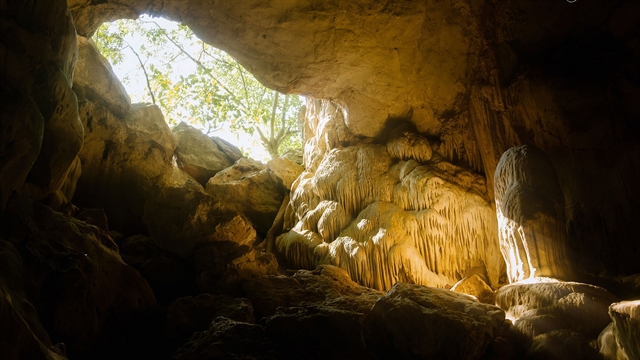
Right from the cave entrance, we were stunned to see a magical scene appearing before our eyes. High stalactites hung on the cave ceiling, looking like big old tree roots digging into the ground.
Above the cave wall, many stalactites have been eroded over time to form different and unique shapes, such as elephants, lions and deer.
The middle part of the cave is the arch cave, which is raised. This place is separated from the cave's entrance by a rather small passage known as the 'princess' chamber. On the left of the cave is a stalactite block in the shape of a 'beautiful girl', which locals imagine it to be a princess in a magnificent palace.
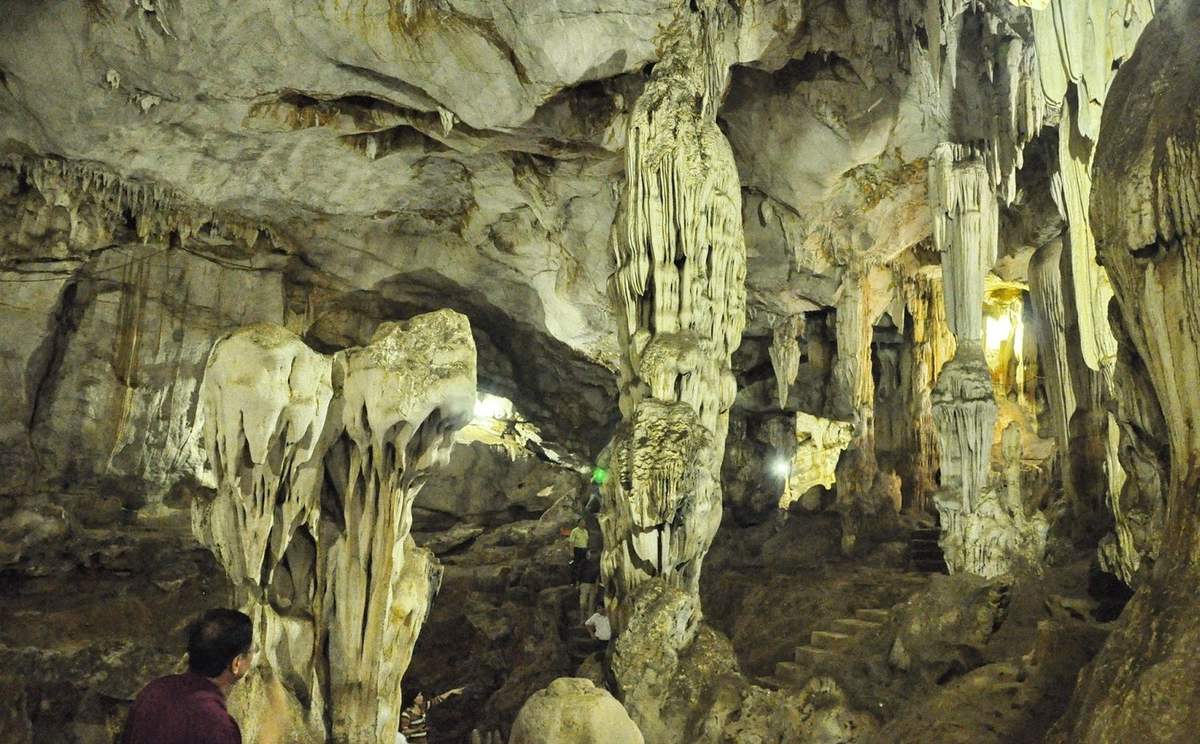
In this cave, the stalactites connect one after another from the arch to the bottom. Like giant crystal blocks, many stalactites emit a magical light every time a ray of light shines on them.
Ancient Vietnamese people also used to live in the cave.
In September 1992, Vietnamese archaeologists teamed up with Sơn La provincial museum to conduct an archaeological survey. It was carried out near the mouth of the cave with flat terrain with an area of about 1sq.m. They obtained artefacts, including scraps, sharpened axes, and ceramic pieces. From these artefacts, archaeologists say that Sơn Mộc Hương Cave was inhabited by ancient Vietnamese people from 3,000 to 3,500 years ago.
On January 24, 1998, the cave was recognised as a national relic site by the Ministry of Culture, Sports and Tourism that needs to be protected and preserved.
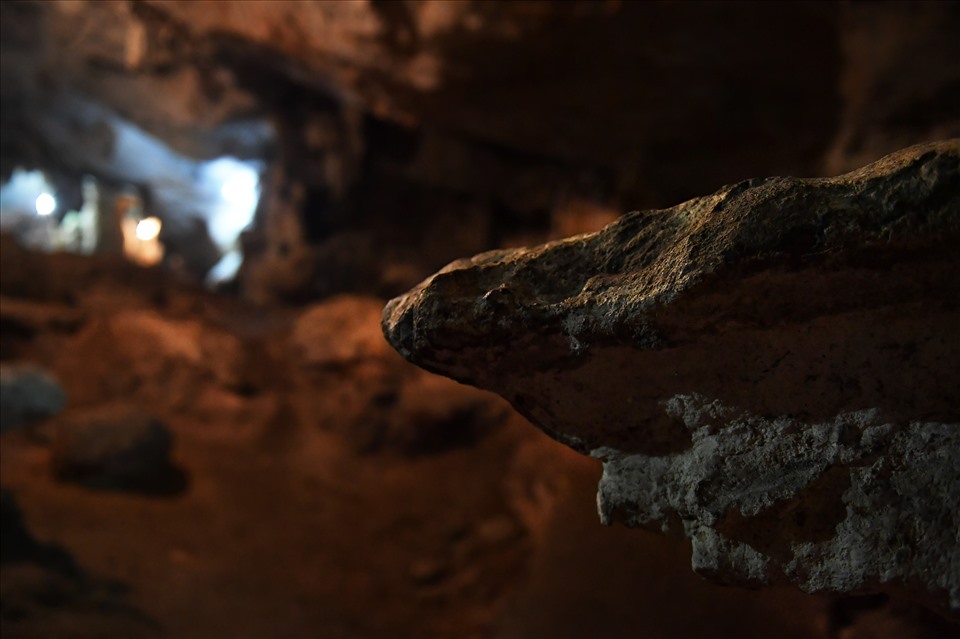
Legend of Sơn Mộc Hương Cave
According to the legend, a dragon has flown over the East Sea since ancient times. When it crossed this place, it saw majestic mountains, rich lands, a fresh and cool climate, and peaceful scenery, so it didn't want to return to the sea.
So, the dragon descended and hid in the mountains. Even today, the winding mountain ranges surrounding the valley have mysterious colours, white in the morning, blue at noon, pink in the afternoon, and purple at sunset. Those mountains are the body of the dragon.
To thank this land, when the dragon died, it released seven gems that were seven small mountains located at the foot of the valley. The dragon's head turned to the south, looking down at the seven pearls and its head was also the entrance of Sơn Mộc Hương Cave today.
Along with Dải Yếm Waterfall, the pine forest in Áng Village, Mộc Châu Tea Hill, Nà Ka Plum Valley, Sơn Mộc Hương Cave is one of the tourist magnets that should not be missed when you come to Mộc Châu.




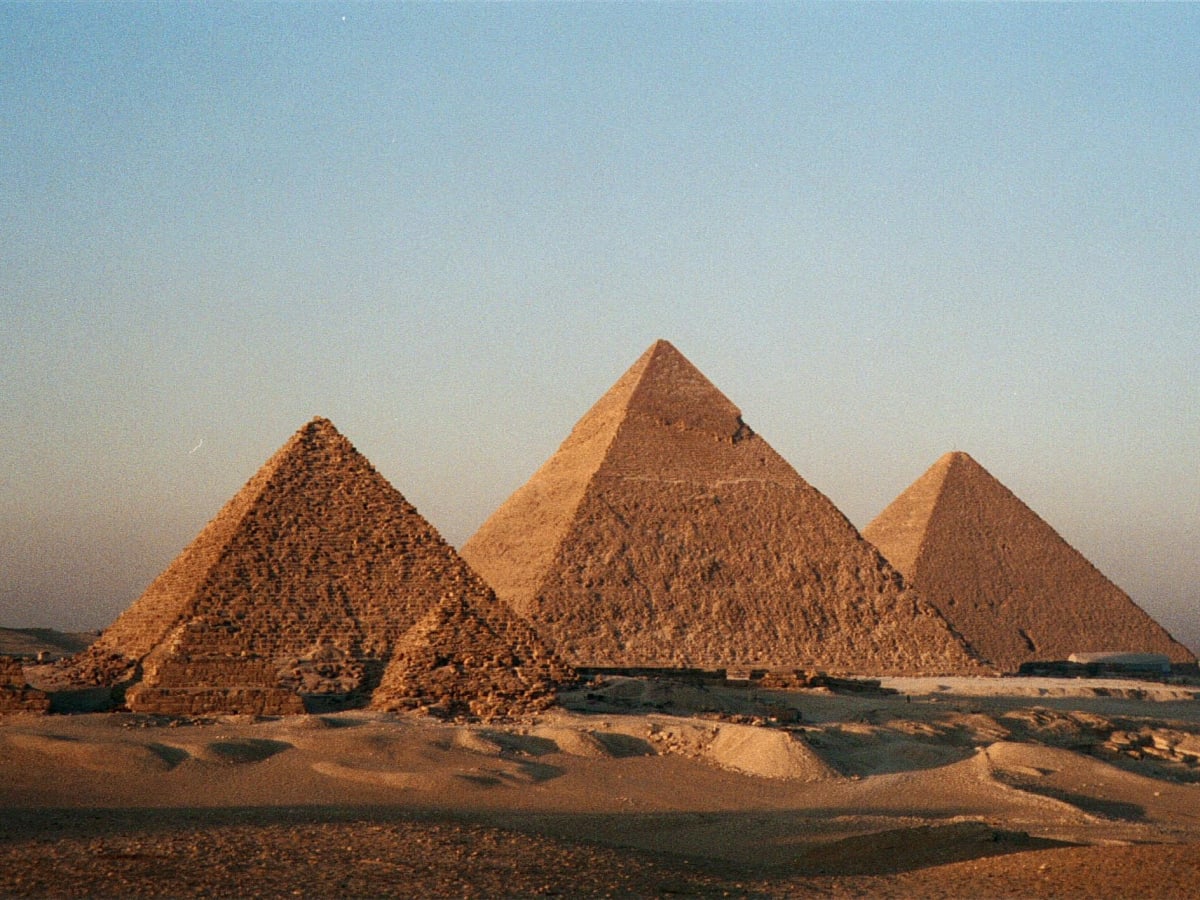
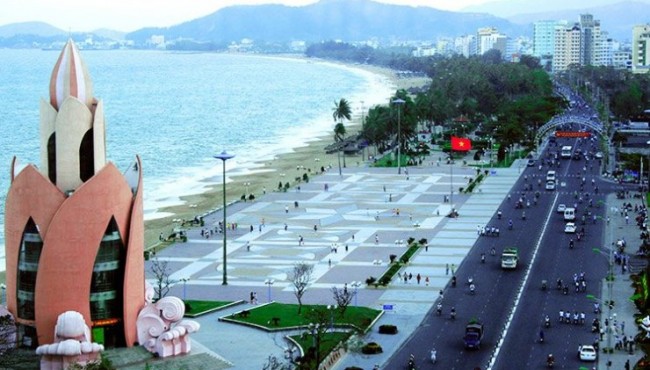
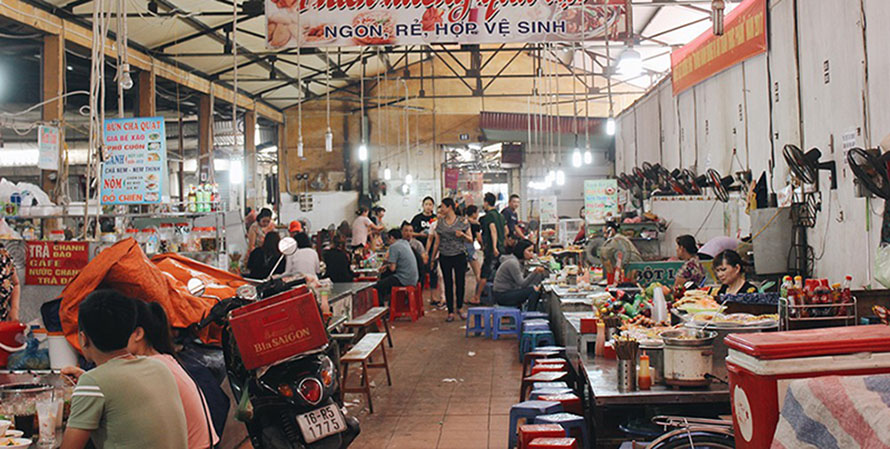
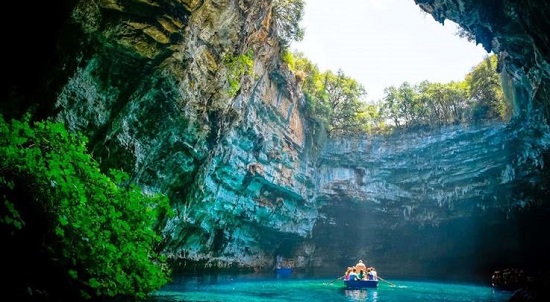
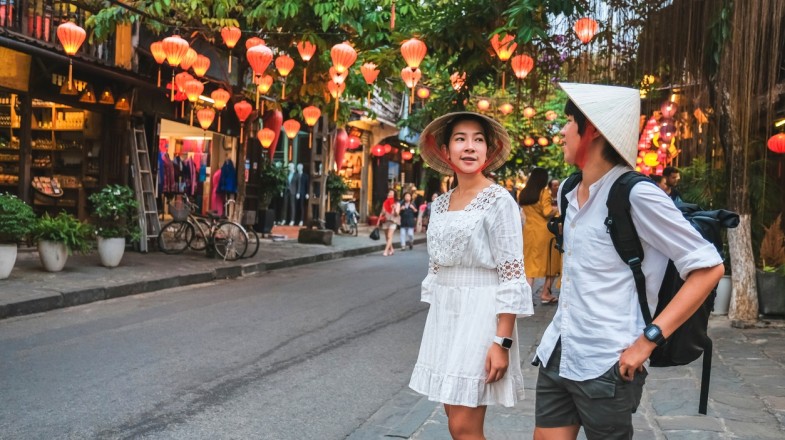
.png)



